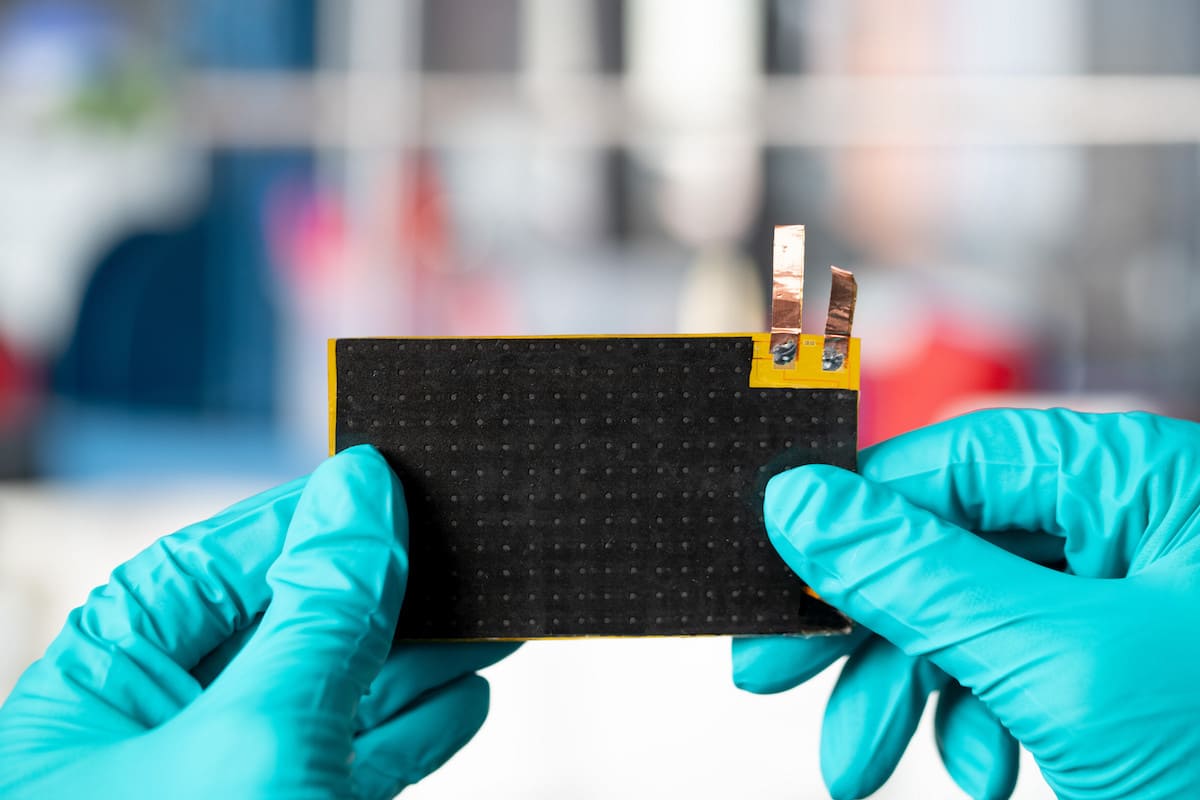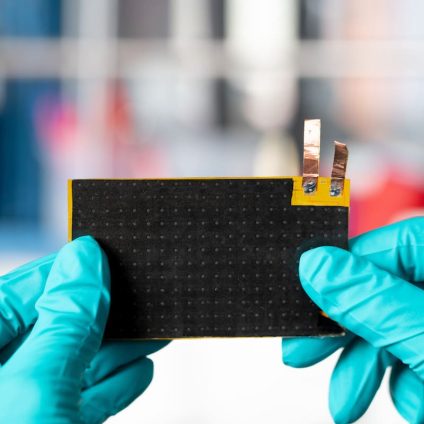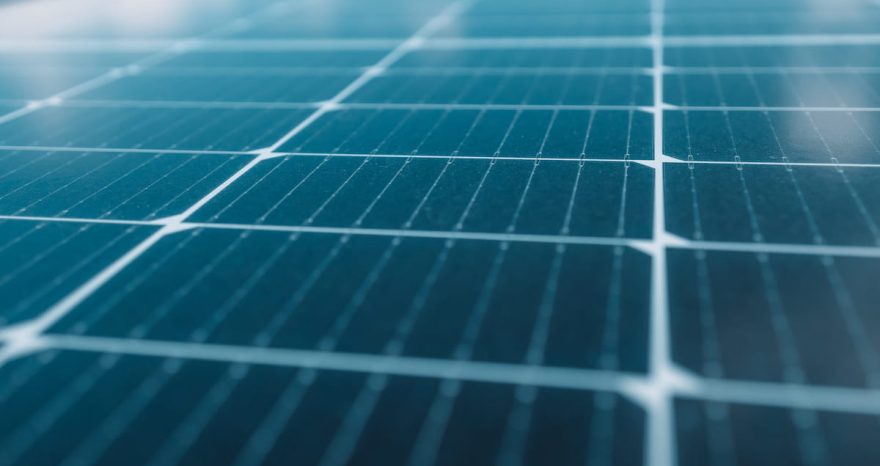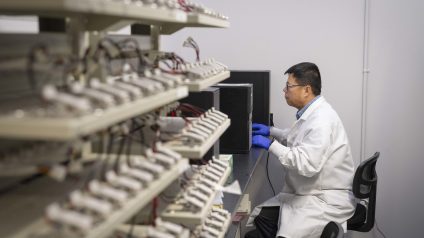An EU research project is developing self-healing lithium-ion batteries with integrated sensors and smart degradation detection

A European research initiative is developing smart cells with integrated sensors and self-repair features
Making rechargeable batteries smaller, lighter, faster, and more efficient has long been the focus of electrochemical storage innovation. But the next generation will prioritize safety, longevity, and environmental sustainability. That’s the belief driving PHOENIX, a European research project focused on developing self-healing lithium batteries.
Launched in 2023 and backed by nearly €5 million in Horizon Europe funding, the initiative is led by the Vrije Universiteit Brussel and includes nine partners across six European countries, including the Italian firm Deep Blue.
The PHOENIX project goals
The team has until April 30, 2027, to achieve its primary target: more than doubling battery lifespan from 250 to 500 charge cycles.
How? By building an advanced Battery Management System (BMS) capable of detecting multiple forms of performance degradation and initiating self-repair processes.
“The project will also address manufacturing challenges such as cost, mass production, recycling feasibility, and sustainability assessment,” states the PHOENIX website. “The goal is to cut specific battery costs by 10% and allow the recycling of self-healing materials without major changes to current processes.”
New sensors and triggers for self-healing lithium batteries
In its first phase, the project has focused on developing new detection systems and self-healing materials. These include soft, pressure-sensitive elastomer sensors designed to monitor battery expansion and internal pressure over its entire lifecycle.
For thermal monitoring, the team has created flexible printed sensors using negative temperature coefficient (NTC) materials, along with fiber optic sensors for distributed temperature detection.
One of PHOENIX’s key innovations is a self-regulating thermal trigger made from positive temperature coefficient materials, with internal resistance below 10 ohms. This trigger activates the battery’s self-healing functions.
“Ultrasonic sensors mounted on both sides of the cell will use time-of-flight measurements to detect expansion and changes in the Young’s modulus, allowing us to monitor the cell’s state of health (SoH) in real time,” the researchers explain. “We’ve also developed thin-film memristor-based gas sensors that detect hydrogen using metal oxide functional materials on flexible substrates. These sensors can detect hydrogen from as low as 50 ppm at room temperature, both in air and inert gas environments.”
Next steps
The developed components are now being tested in dedicated pouch cells. Next, the team will finalize the battery’s BMS and address broader issues related to production scalability, recyclability, and sustainability assessment.












